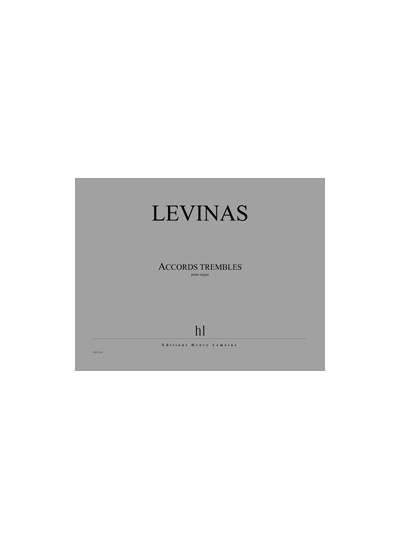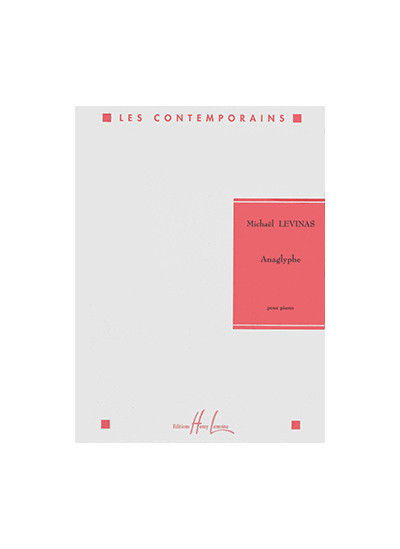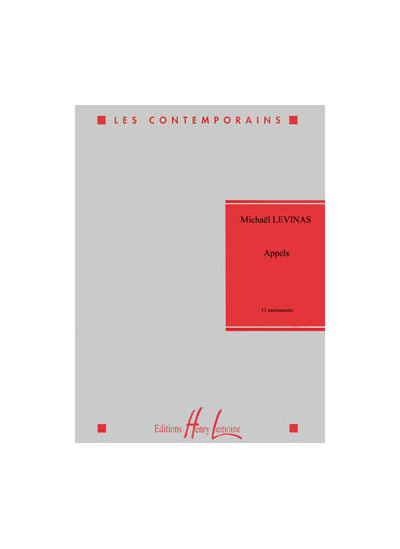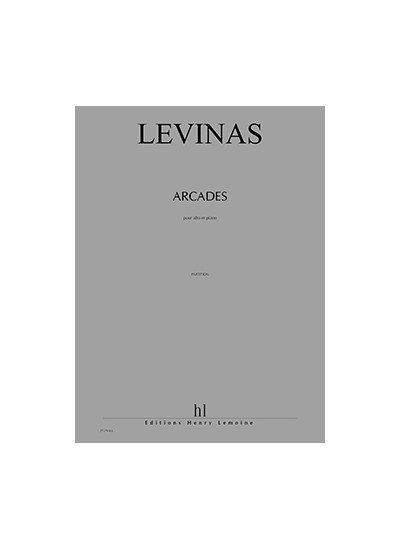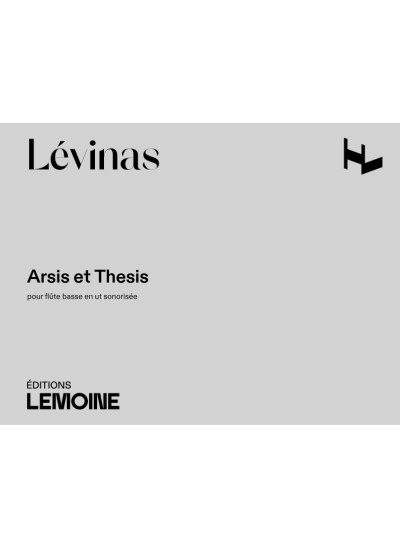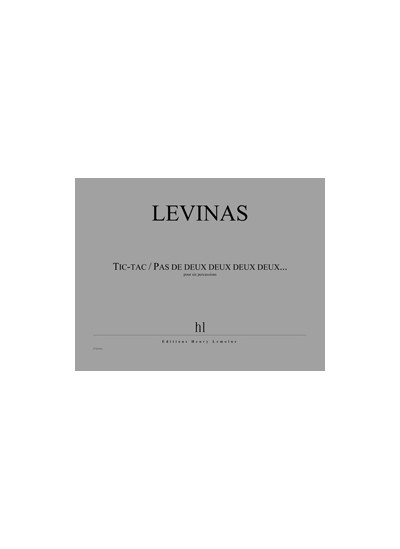


07/06/2021 - Paris, La Scala - Les Percussions de Strasbourg
Les invariants - Cinq clairières
A piece for three well-tempered harpsichords
The term of invariant, "that which is constant, fixed and stable" is a concept used particularly in mathematics, physics and linguistics.
The advent of equal temperament at the end of the Baroque period introduced this concept of invariance into musical composition, especially for composers after J. S. Bach. The constancy of temperament that permitted the development of a formal organization for the tonal system, established the foundations of a language based on scales with stable invariable pitches, and lead to complex modulating forms whose discovery became a part of 19th century European musical history.
However, the 19th century also marked the beginning of other musical innovation, that of making new types of instruments, with acoustical research paving the way in the 20th century for the discovery of astounding sounds, electronics, and percussion, that of Varèse Messiaen, Xenakis and numerous other masterpieces with one founding principle being infinite identifying timbral variations and openness to non-European cultures. The concept of invariance is not anachronistic. The establishment of stable scales opens formal, temporal and polyphonic harmonic possibilities based on other modulating principles, (what I call the innumerable clearings of these modulations) and hierarchies than the initial modalities of the tonal system.
The actual writing structure based on invariants is not simply a return to the spirit of the late Baroque period. It is a creative quest for something beyond timbre and a form of musical abstraction that also paves the way for the transcription of the work liberated from its overly strong aural identity.
To write a percussion piece for three tempered keyboards, is a compositional act and a radically contemporary exploration of this concept of invariance.
The invariants: Four Clearings
- First clearing: The chorale in tears
- Second clearing: Anaphora
- Third clearing: The note's scheming
- Fourth clearing: Invariant
- Fifth clearing: The chorale in tears 2 (transcription)
Michaël Levinas





